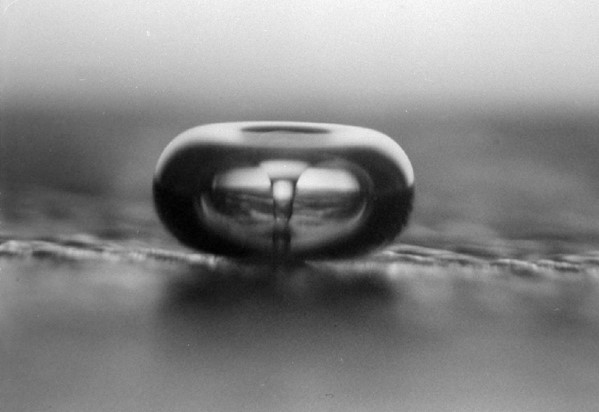There’s a lot of confusion about how DNA and chromatin are fragmented using sonication in preparing samples for downstream assays such as PCR or sequencing. We’re here to set the record straight, and to show you the fun side of the Physics of Fragmentation.
When an ultrasound wave propagates through a fluid, the associated energy is quite low and diffuse. Fragmentation of DNA or chromatin is mediated by bubbles. Bubbles concentrate the diffuse energy into very small spatial and temporal scales, allowing the bubbles to do work on their surroundings. There are several bubble-mediated mechanisms that can cause fragmentation. These include mechanical impact (or water hammer), shock waves, microstreaming, heat and radicals. Let’s look at them in more detail.
Water hammer: One of the most widely circulated mechanisms in the scientific literature involves direct mechanical impact associated with cavitation collapse. The mechanism is best illustrated by looking at a bubble collapsing against a solid surface. Figure 1a shows a high-speed video sequence of such a bubble. The jet that’s formed can be very powerful. It acts as a water hammer and can pit even hard objects like boat propellers. The jet velocity can be hundreds of meters/second, leading to impact pressures of hundreds of MPa. Figure 1b shows a closeup of the jet and a video of the dynamics. It’s important to note that jets form in the absence of surfaces too; all that’s required is something to cause an asymmetry in the fluid flow around the bubble, such as another nearby bubble.
Figure 1a. Bubble collapse near a surface. Bubble collapse leads to a fluid jet. Citation: Werner Lauterborn and Claus-Dieter Ohl, “The Peculiar Dynamics of Cavitation Bubbles,” Applied Scientific Research, Vol. 58, pp 63–76 (1998).

Figure 1b. Liquid jet through a bubble. Image and movie courtesy of Lawrence Crum, Ph.D.
Figure 2. Shock wave emission from a spherical bubble collapse. Video courtesy of Thomas J. Matula, Ph.D.

(c) Copyright 2020 – 2023 All rights reserved